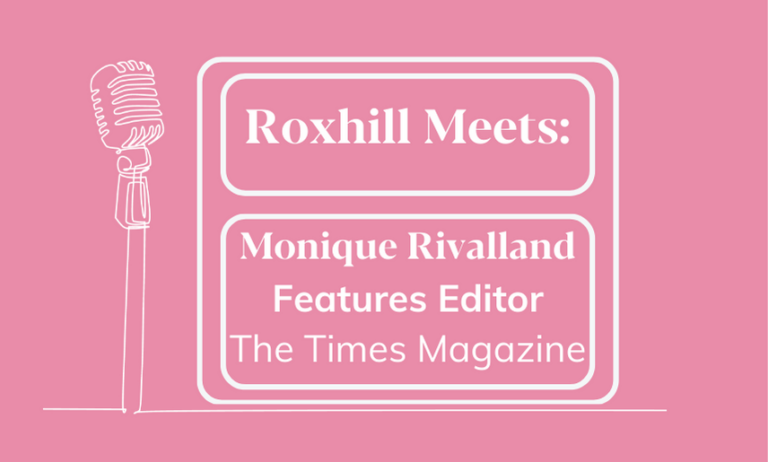Do you know your PR jargon?
Starting a new job in a new industry can be daunting, and made all the more difficult when your peers are using words you don’t understand. Each industry has its own terms, phrases and abbreviations that are vital to every-day communication, but not necessarily common knowledge to people on the outside. The world of PR is no exception.
We’ve put together a list of the top 17 PR jargon terms that you need to know in order to blend in with your peers:
1. Advertorial: Not to be confused with editorial. An advertorial is commissioned like an ad, but is a paid for (seemingly) objective opinion piece, and published in a print publication. It’s often written by a journalist, but the copy is agreed upon and signed off by the client featured.
2. Backlink: When another website posts a link back to yours. These are usually used in articles or blog posts, in order to increase traffic back to your own website.
3. Boilerplate: Also known as “Notes to Editors”. At the end of every press release, following the main news story, there is a section that provides the journalist with more information about the client, so they can read more about who they are.
4. Editorial Calendars: A calendar of topics media outlets will cover during specific months of the year. These are a great way of planning when you should be pitching your content.
5. Engagement: Every interaction on an online post counts towards “engagement”. Interactions are likes, shares, and comments.
6. Exclusive: An exclusive is a story that you have promised to a journalist and outlet, under the condition that they get to publish it before any other outlet. This means that you must not pitch to multiple journalists in order to get multiple articles and coverage – it’s imperative that you never promise an exclusive where you can’t deliver one.
7. Impressions: The number of times that a user has viewed a piece published on an online platform. This could be across social media, on an online magazine outlet, blog post, etc.
8. Lead time: The time in between a journalist working on a piece and/or submitting it, and when it gets published. For example: Christmas stories traditionally start getting worked on in July, meaning that the lead time for Christmas coverage is often ~4/5 months.
9. Media Relations: Mutually beneficial relationships between PR professionals and journalists.
10. NIB: Abbreviation for “News In Brief”. You would use a NIB when you need to summarise a news story in a few short sentences.
Brush up on your PR knowledge
Browse through our PR tips blog posts and read through some of the very best advice and exclusive insight and PR tips from professionals and from the journalists you try to speak to every day.
11. Owned Media: Content that you or your agency have created.
12. Pitch: Not to be confused with a press release. A pitch is a highly-targeted “sell” to a journalist. A PR will pitch to a journalist when they have a particular story for them and their publication.
13. Press Kit: Also known as a media kit. This is often a digital or physical package with information about a product or service. This often gets distributed to relevant members of the press.
14. Press Release: Not to be confused with a pitch. A press release is a document encompassing all of the news to be relayed to press. It is often of a product launch or event and typically is one side of A4 or the email equivalent. It’s distributed by the representative of a company or on behalf of that company by a PR agency.
15. Reach: The number of people who may see an article, post or publication. For example, an Instagram account with 100,000 followers can be expected to have a “reach” of 100,000 users, and a publication with a circulation of 100,000 units can be expected to reach 100,000 people.
16. Round-Robin: A PR newsletter or summary of client news.
17. Round-up: A piece of coverage that features news about products or services, all within the same category or theme.











